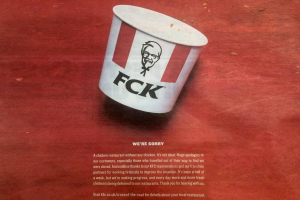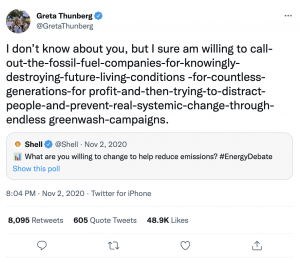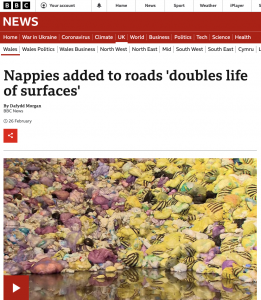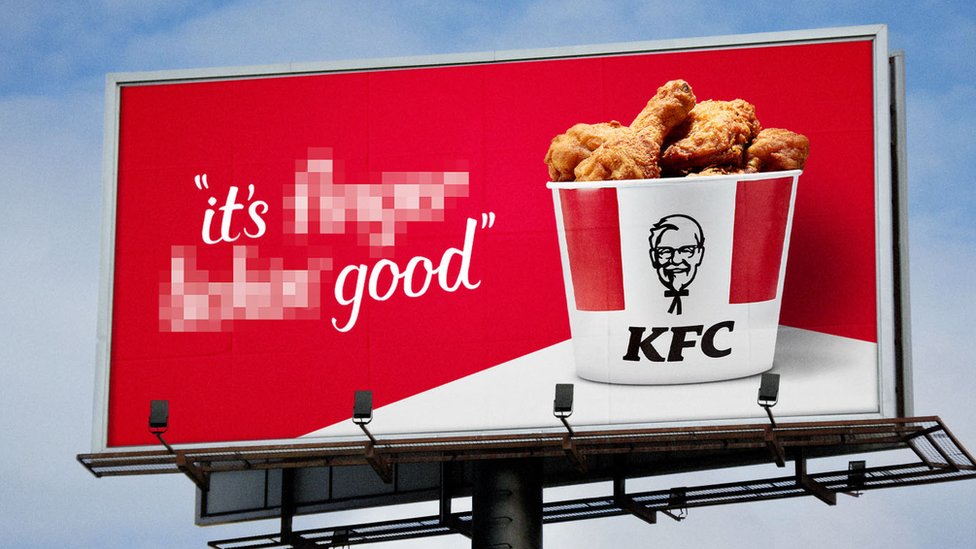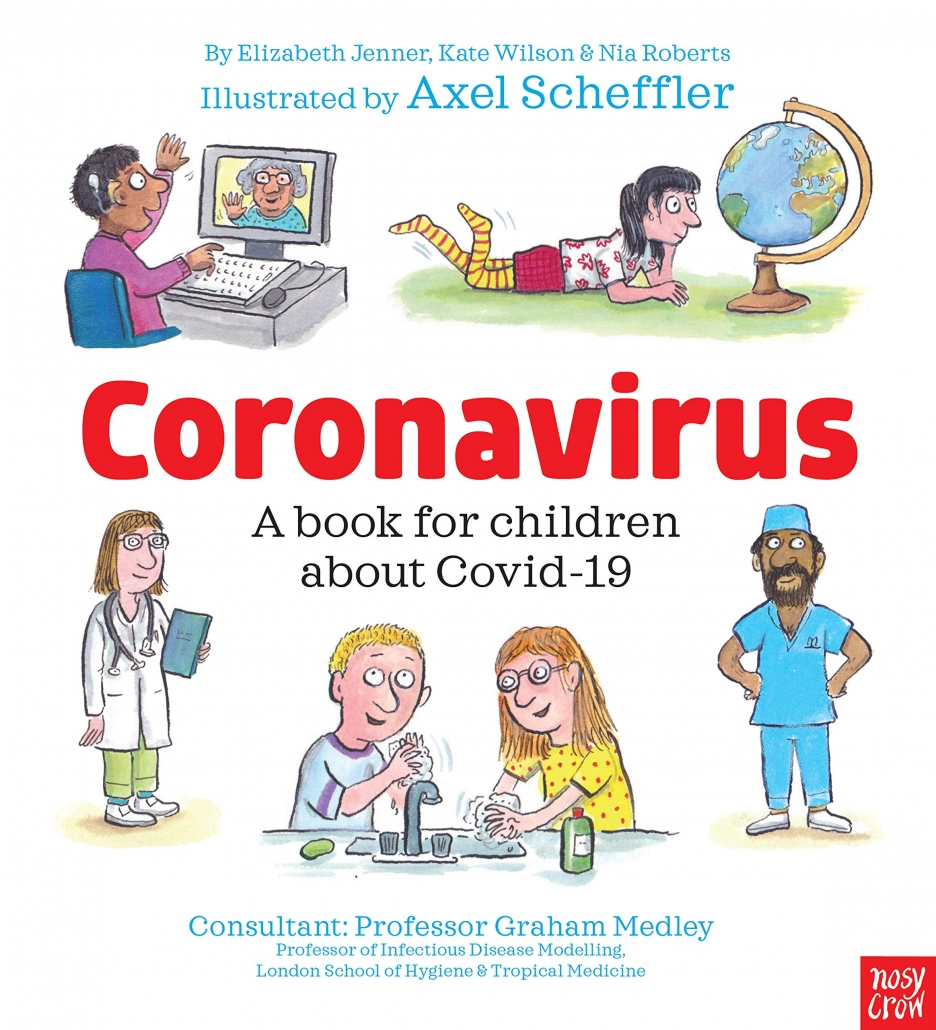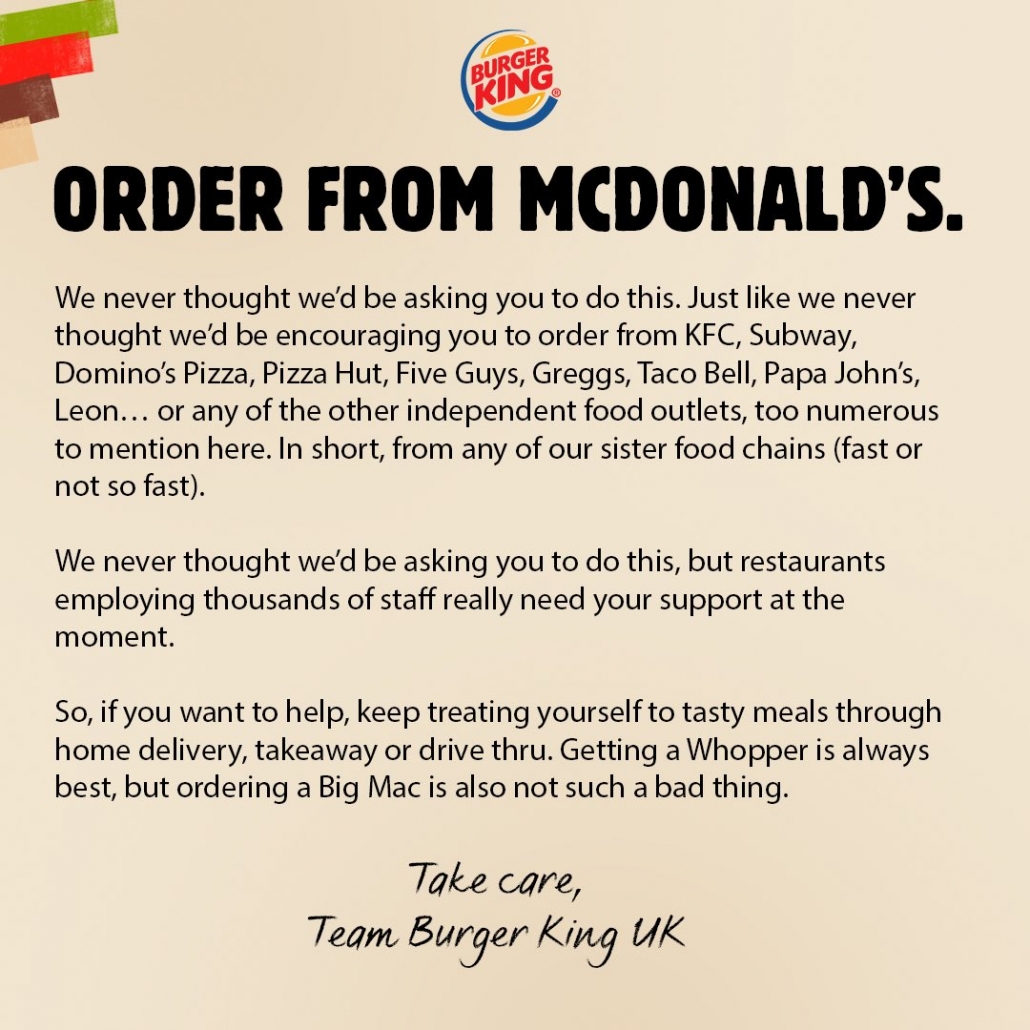Why Is Press Coverage So Important For A Business?
Being featured in newspapers, magazines, on radio and TV is an unparalleled win for a business. It’s a remarkable way to cultivate influence, establish yourself in your industry, and amplify brand awareness. However, many smaller businesses often face challenges in terms of both knowledge and time when attempting to establish their presence.
The good news is that with a dash of knowledge and a PR team behind you, together we can master your media coverage journey.
The Power of Press Coverage
Press coverage can be a game-changer for businesses of all sizes. It’s like an amplifier that broadcasts your achievements, products, and stories to a wider audience. From boosting brand visibility and credibility, to attracting potential clients and investors, press coverage opens doors that might otherwise remain closed.
In today’s digital age, press coverage has transcended traditional print and broadcast mediums. Online articles, social media shares, and digital platforms give your story an extended shelf life. A well-placed article can generate a ripple effect, as readers share, comment, and engage with your content across the vast expanse of the internet. This amplification can drive organic traffic to your website, expand your online presence, and spark conversations that can shape your brand narrative.
Navigating the Time Maze
Crafting compelling press coverage takes time – time that many business owners often find themselves lacking. This is where a skilled PR team shines. We’re your dedicated time-savers, using our expertise to define and target the most appropriate media outlets for your business. Your focus remains on your core operations, while we work tirelessly to ensure your story gets the attention it deserves.
And when the opportunity for coverage knocks, timing is crucial. A PR team is prepared to seize these moments without hesitation. They have the flexibility to scale their efforts based on the urgency of the situation, whether it’s a breaking news story, a product launch, or an industry event. By having a team dedicated to monitoring, strategizing, and executing press opportunities, you ensure that no chance for impactful coverage slips through the cracks.
Pitch Perfect Strategy
The art of pitching is where a PR team truly shines. In a world where attention spans are shorter than ever, conciseness is key. A pitch that rambles on risks losing the attention of time-strapped journalists. A PR team understands the art of concise communication, distilling your story into a punchy yet informative message that grabs attention from the first sentence. Every word is carefully chosen to convey your story’s essence without overwhelming the reader.
We craft pitches that resonate with journalists and editors, focusing on what makes your story relevant, unique, and newsworthy. By tailoring our approach, we increase the likelihood of your story catching their eye and earning a place in their publication.
Tapping into the Right Connections
Ever heard the phrase “it’s not just what you know, but who you know”? In the world of PR, this rings true. Our extensive network of media contacts spans different industries and locations. This means we know exactly who to approach for specific topics, giving your story a higher chance of being picked up by the right people in the right places.
The Follow-Up Game
Getting a pitch accepted is just one step in the process. The follow-up is where the magic happens. We don’t just send a pitch and cross our fingers; we meticulously follow up, nurturing relationships and addressing any concerns. Our persistence ensures that your story remains on the radar until it’s a published reality.
Managing Expectations, Delivering Results
Here at Source PR, we believe in transparent communication. Managing client expectations is a cornerstone of our approach. While we work thoroughly to secure press coverage, it’s important to remember that not every pitch will result in an immediate feature. Sometimes, it’s about timing, the news cycle, or the angle. Rest assured, we’re committed to continuously refining our strategy and delivering tangible results.
In conclusion, press coverage is a potent tool that can elevate your business to new heights. Yet, navigating the complex world of media requires finesse, time, and an insider’s perspective. A dedicated PR team like ours can be your guiding light, ensuring your stories are strategically targeted, perfectly pitched, and relentlessly pursued. By enlisting our expertise, you gain more than just press coverage – you gain a partner dedicated to propelling your business forward.
Ready to take the plunge and harness the power of press coverage? Contact us today and embark on your new PR journey with Source.

